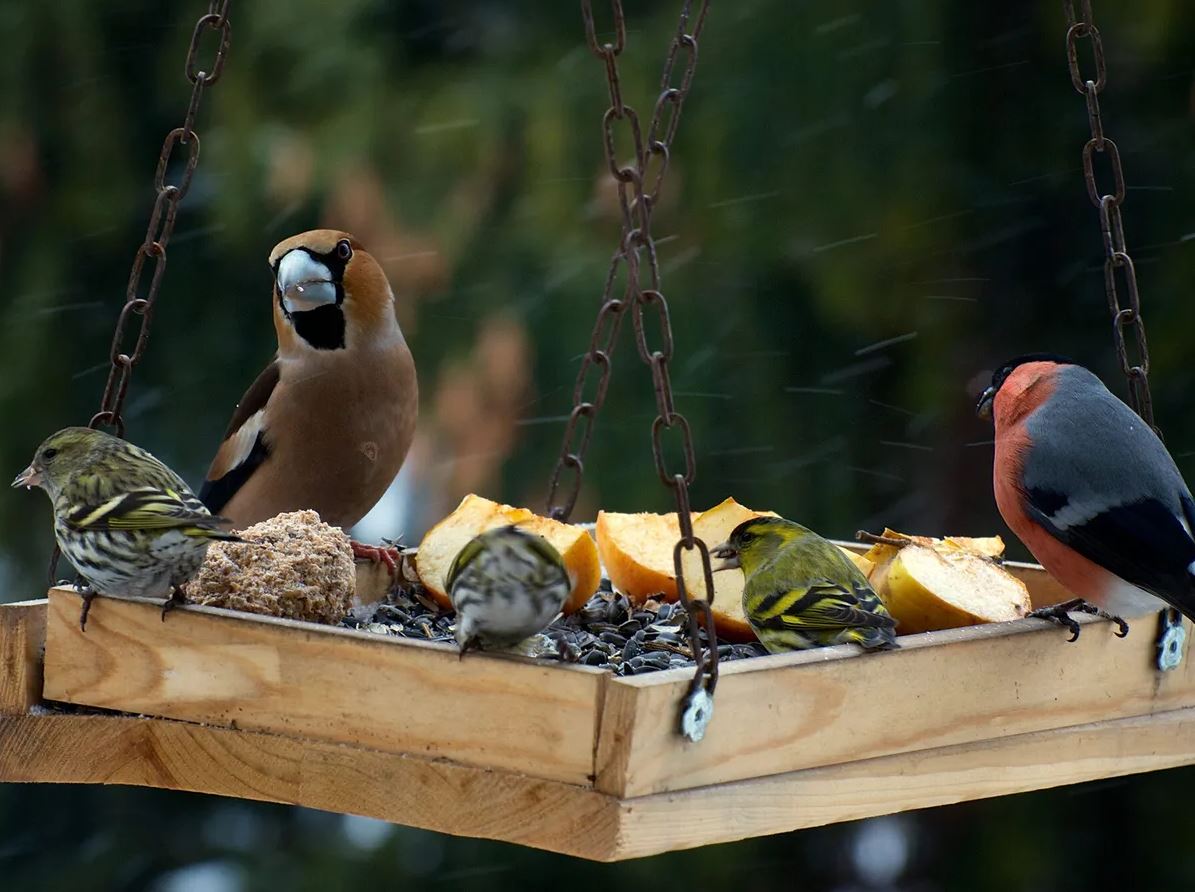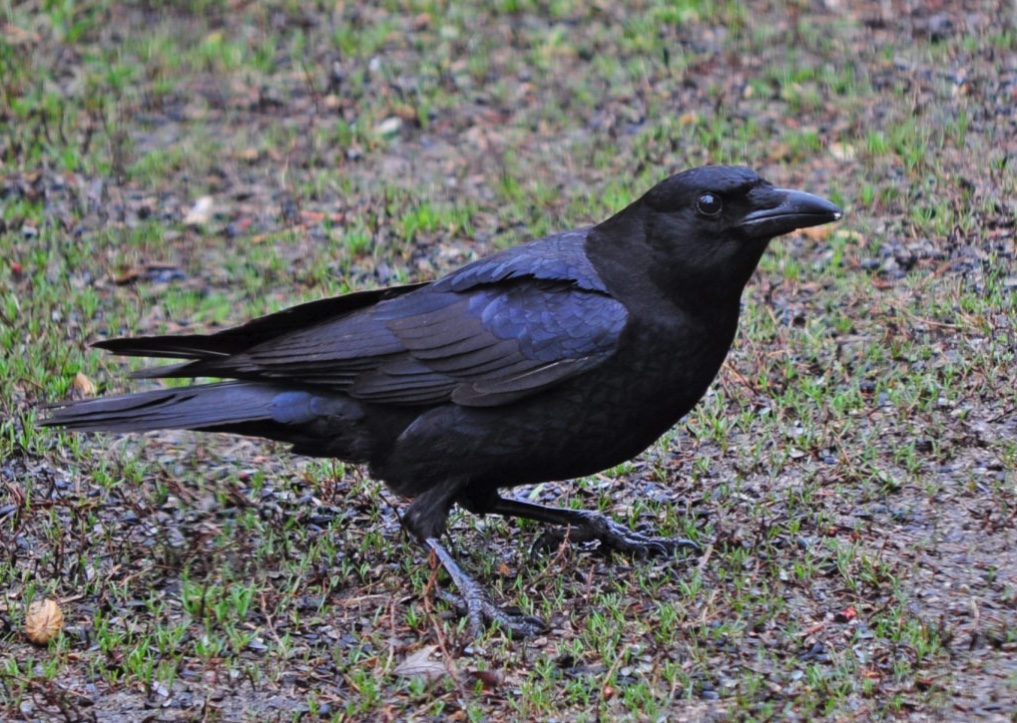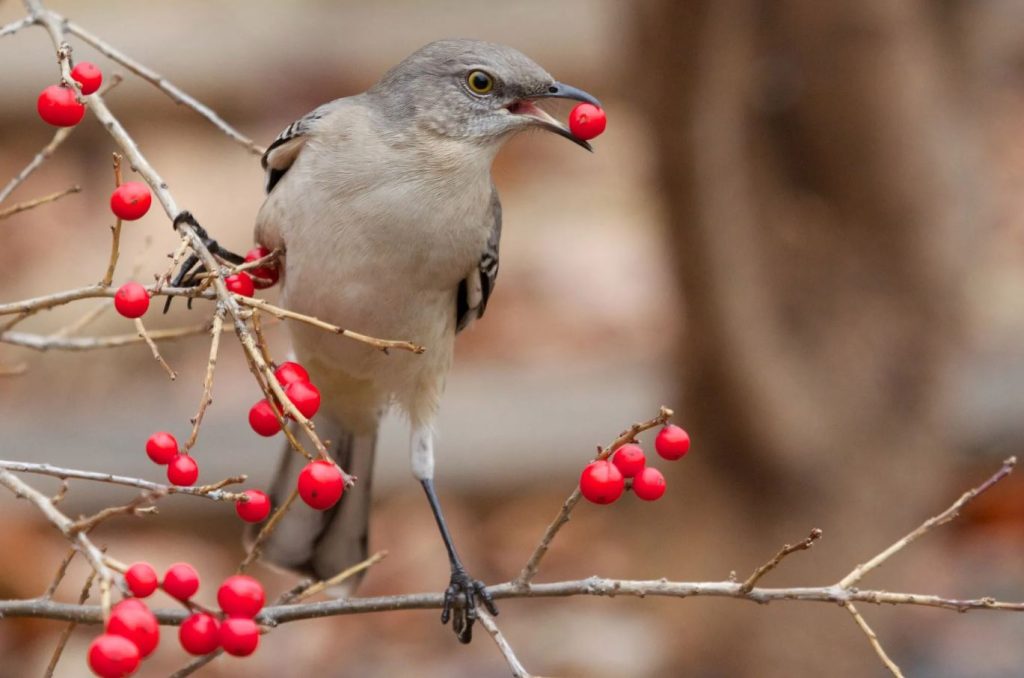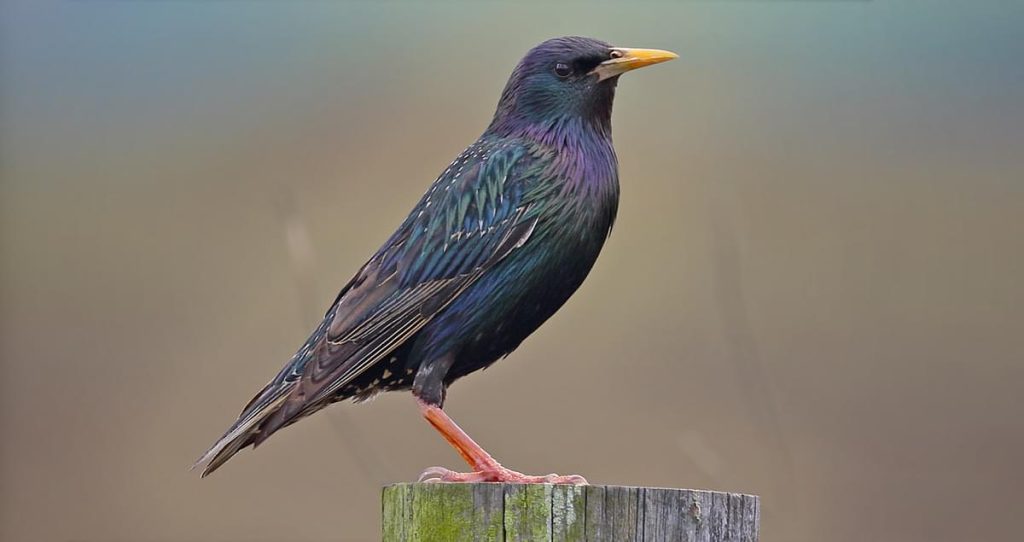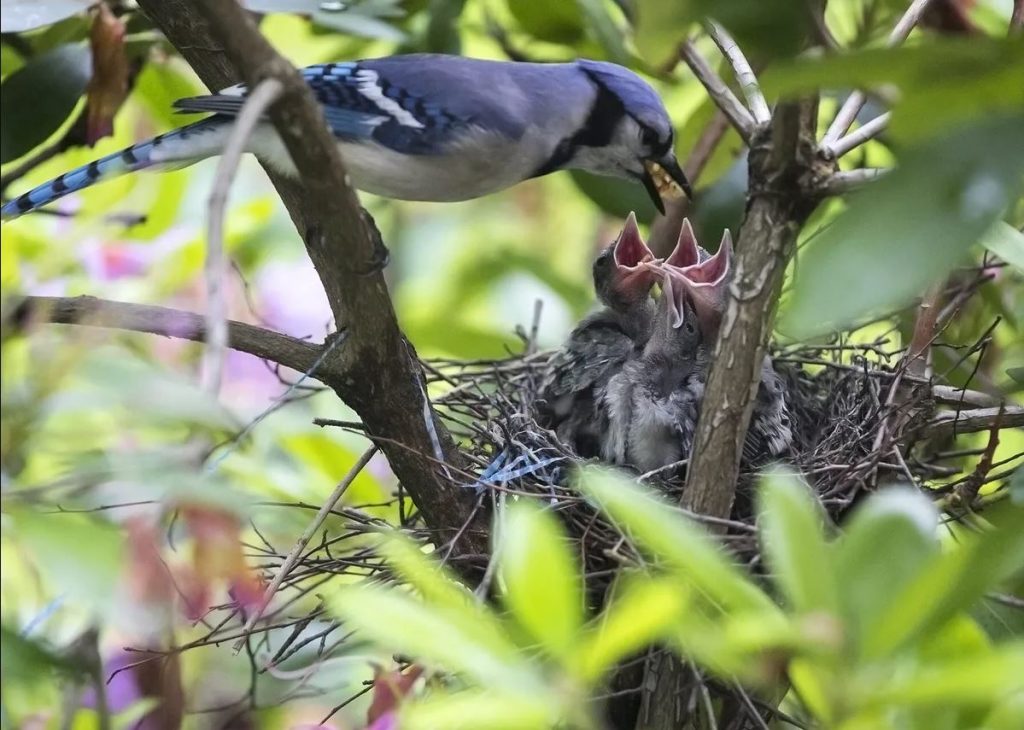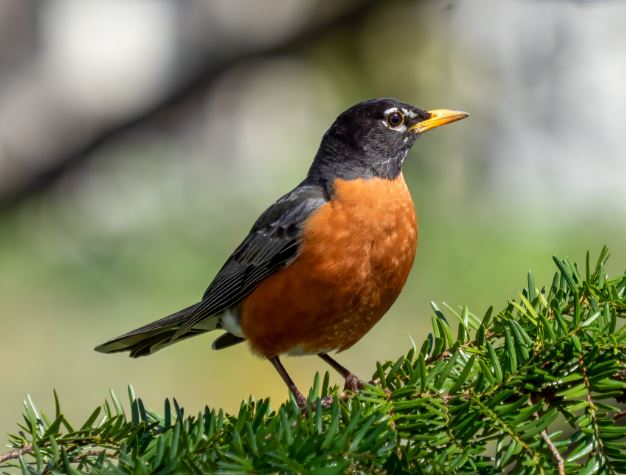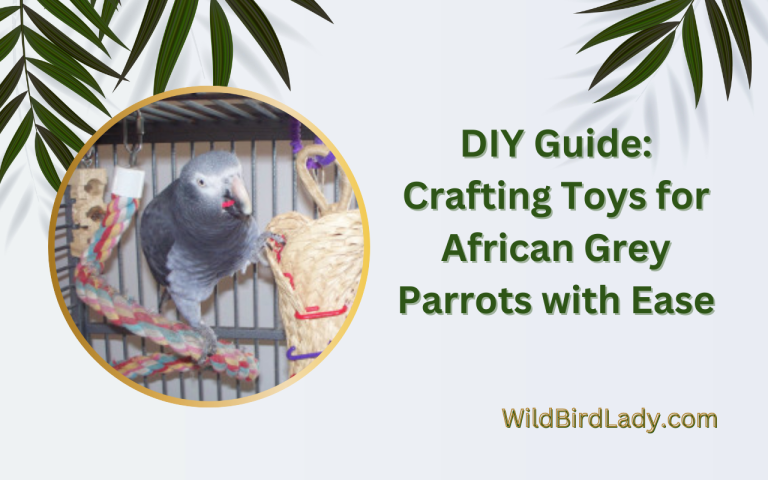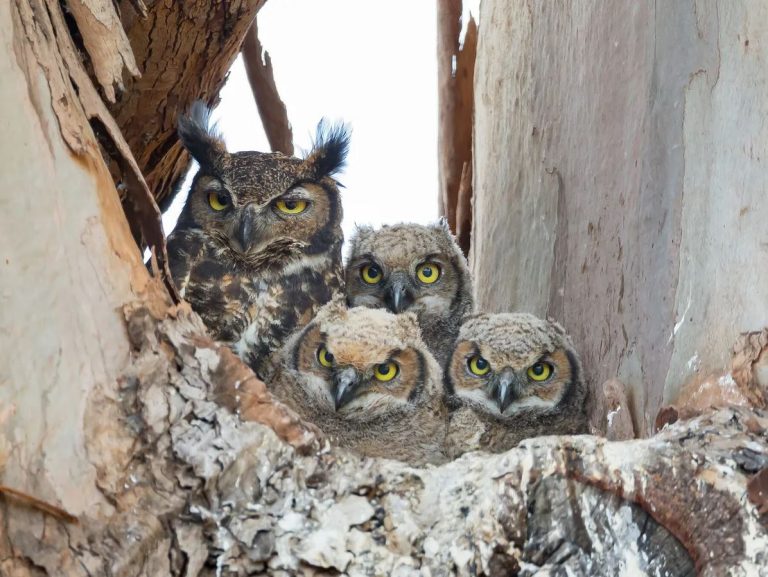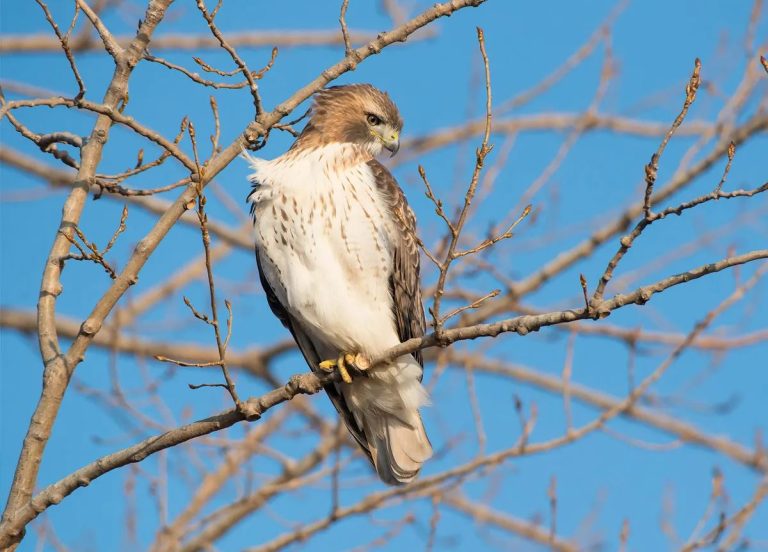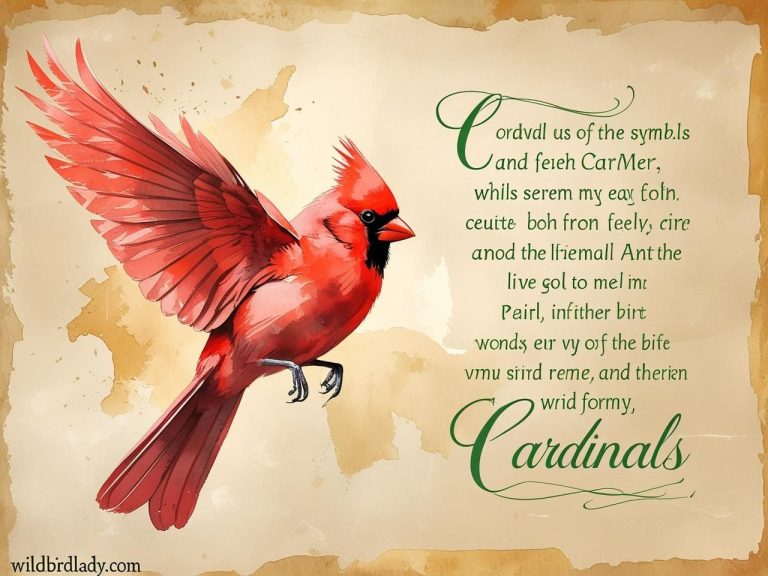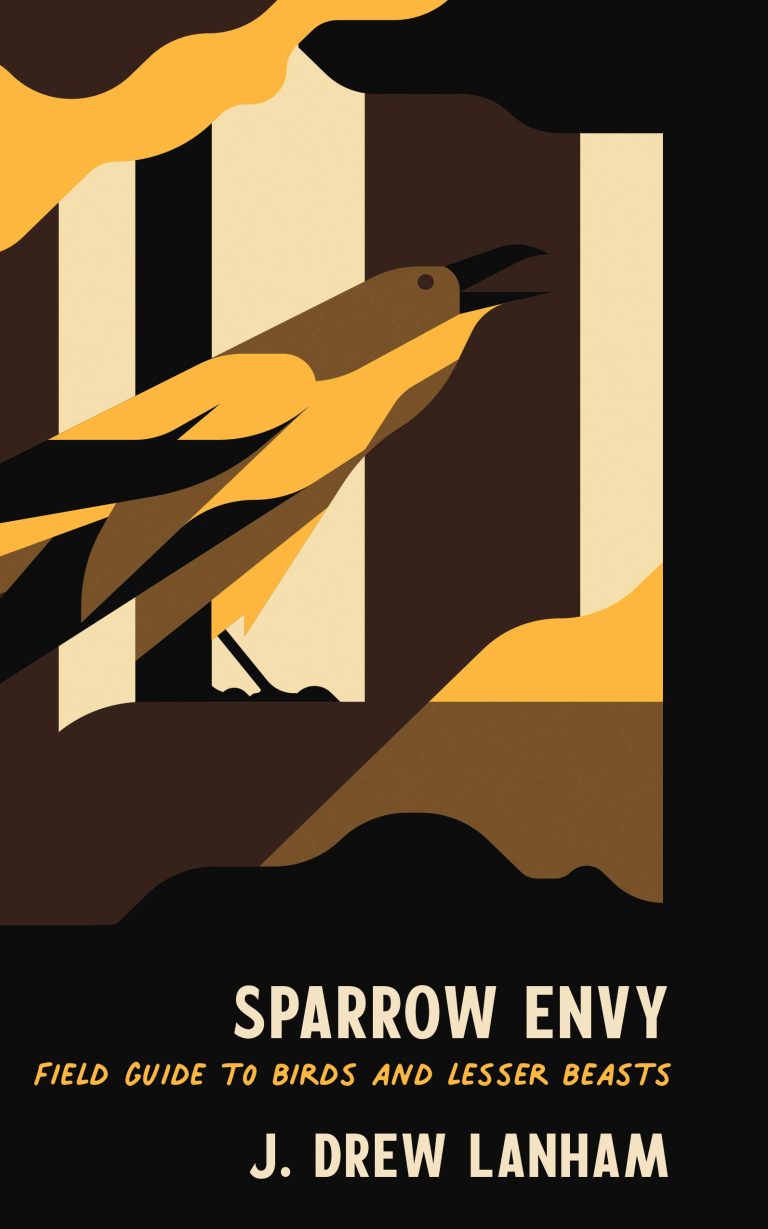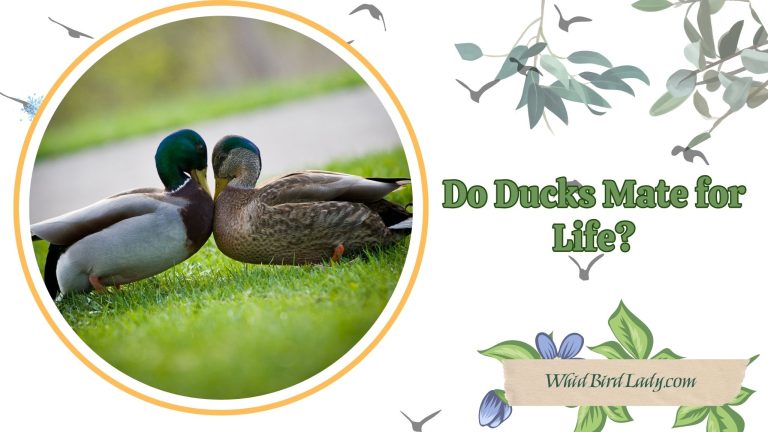Are Birds Omnivores? A Deep Dive Into Avian Diets and Feeding Behavior
From backyard sparrows to majestic crows and tropical parrots, birds captivate us with their songs, colors, and behaviors. But have you ever stopped to wonder: are birds omnivores? The answer isn’t a simple yes or no — because birds, like their diversity, have a fascinating range of dietary preferences. In this article, we’ll explore the omnivorous nature of birds, examples of omnivorous species, how diet affects their evolution and behavior, and what this means for backyard birdwatchers and conservationists.
What Does It Mean to Be an Omnivore?
An omnivore is an organism that eats both plant and animal matter. This includes a wide range of food sources: fruits, seeds, insects, small animals, and even carrion. Being omnivorous provides significant evolutionary advantages — mainly dietary flexibility and adaptability to different habitats.
Are Birds Omnivores?
The answer: many birds are omnivores, but not all. Birds display a wide spectrum of dietary behaviors. Some species are strict carnivores (like eagles and owls), others herbivores (like some finches), but a large number fall into the omnivorous category. These birds consume a combination of seeds, fruits, insects, small vertebrates, and even human leftovers in urban settings.
According to the Cornell Lab of Ornithology:
“Most birds are opportunistic feeders, meaning their diet is largely determined by what is seasonally and locally available” (Cornell Lab).
This opportunism is a key trait of omnivores.
Common Omnivorous Birds
Let’s look at some bird species well-known for their omnivorous diet:
1. American Crow (Corvus brachyrhynchos)
Crows are classic omnivores, feeding on everything from roadkill and insects to nuts, fruits, and human garbage. Their intelligence allows them to exploit various food sources.
According to the Audubon Society: “Crows eat almost anything – they are extremely adaptable” (Audubon).
2. Northern Mockingbird (Mimus polyglottos)
Mockingbirds consume a variety of fruits, seeds, and insects. In spring and summer, their diet shifts more toward animal protein (like beetles and caterpillars), while in fall and winter, they rely more on berries and fruits.
3. European Starling (Sturnus vulgaris)
Originally introduced to North America, starlings are opportunistic omnivores. They feed on grains, fruits, and invertebrates like earthworms and snails.
4. Blue Jay (Cyanocitta cristata)
Blue Jays are not only striking in color but also highly omnivorous, consuming acorns, insects, bird eggs, and even small rodents.
5. American Robin (Turdus migratorius)
Robins are often seen pulling worms from the ground, but they also consume large amounts of fruits like berries and grapes.
What Do Omnivorous Birds Eat?
Here’s a general list of food items that make up an omnivorous bird’s diet:
| Food Type | Examples |
|---|---|
| Fruits | Berries, apples, grapes |
| Seeds & Grains | Sunflower seeds, millet, corn |
| Insects | Ants, beetles, caterpillars |
| Small Animals | Frogs, lizards, mice (in larger omnivores) |
| Carrion | Dead animals (especially in scavenger birds like crows) |
| Human Food | Bread, chips, food scraps (urban adaptation) |
Omnivorous birds often change their diet seasonally. For instance, during breeding season, they may consume more protein-rich insects to support growth in chicks.
Benefits of an Omnivorous Diet for Birds
1. Greater Adaptability
Omnivorous birds can survive in a variety of habitats — forests, grasslands, deserts, and cities — thanks to their ability to consume diverse food sources.
2. Better Survival During Scarcity
When one food source becomes limited (e.g., during winter), omnivores can switch to others. This dietary flexibility increases their chances of survival.
3. Increased Range Expansion
Species like the House Sparrow and European Starling thrive globally due to their omnivorous nature, which allows them to adapt to new environments quickly.
Evolutionary Implications
Omnivory may have been a key factor in the success and radiation of bird species. As birds evolved from theropod dinosaurs, their dietary flexibility likely gave them an edge in diverse ecological niches.
A study published in Current Biology (Field et al., 2018) found that birds surviving the mass extinction at the end of the Cretaceous were small-bodied, seed- and insect-eaters — traits consistent with omnivory.
“The survival of early birds may have depended on being generalists in both diet and habitat” – Field et al., 2018 (Source).
Are All Birds Omnivores?
No. While many birds are omnivorous, others are highly specialized:
Carnivores:
- Hawks, owls, falcons, and shrikes feed primarily on meat — insects, small mammals, or other birds.
Herbivores:
- Some finches and parrots rely mainly on seeds, fruits, or nectar.
- The Hoatzin (Opisthocomus hoazin), found in the Amazon, is almost entirely folivorous (leaf-eating).
Insectivores:
- Flycatchers, swifts, and warblers primarily consume flying insects.
This highlights the incredible dietary diversity among birds.
Omnivorous Behavior in Baby Birds
Even birds that are herbivorous as adults may feed their chicks a protein-rich omnivorous diet, often consisting of insects and worms. This protein is crucial for rapid growth and development.
For instance:
- American Goldfinches are mostly seed eaters but still supplement their chicks’ diet with insects early in development.
- Similarly, House Sparrows feed their nestlings a mix of insects and plant material.
Bird Feeding Behavior and Omnivory
Omnivorous birds display fascinating feeding behaviors:
Tool Use:
Some species, like New Caledonian Crows, use sticks to extract insects from logs, showcasing advanced cognitive skills.
Food Caching:
Blue Jays and crows often store food for later, especially in autumn.
Kleptoparasitism:
Some omnivores (like gulls) steal food from other birds or animals.
How to Feed Omnivorous Birds in Your Yard
If you want to attract omnivorous birds, consider offering a variety of foods:
- Fruits: Apple slices, raisins, or chopped grapes
- Insects: Dried mealworms or live crickets
- Seeds & Nuts: Sunflower seeds, peanuts (unsalted)
- Suet: Especially in winter, for energy
- Clean Water: For drinking and bathing
Avoid offering:
- Processed foods (chips, salty crackers)
- Moldy bread or spoiled food
- Artificial sweeteners or chocolate (toxic to birds)
Conservation Considerations
While omnivorous birds are adaptable, they still face threats:
- Habitat Loss: Reduces access to diverse food sources.
- Pesticides: Kill off the insects many birds rely on.
- Plastic Pollution: Mistaking plastic bits for food leads to fatal ingestion.
- Climate Change: Alters the availability and timing of fruiting and insect emergence.
Supporting native plants in your yard, avoiding pesticides, and providing clean feeders can go a long way in helping local bird populations.
Cultural Symbolism of Omnivorous Birds
Interestingly, birds like crows and ravens — known omnivores — often appear in myth and folklore as symbols of wisdom or death, partly due to their carrion-eating habits.
Final Thoughts
So, are birds omnivores? The answer is: many are, but not all. The bird world is rich with dietary variety, and omnivory plays a major role in enabling certain species to survive, thrive, and adapt. Understanding this not only enriches our appreciation of avian life but also helps us better support them — whether in the wild or in our own backyards.
You Might Also Like: What Does It Mean When a Bird Poops on You?
FAQ: Are Birds Omnivores?
Q1: Are most birds omnivores?
Many bird species are omnivores, but not the majority. Birds exhibit a wide range of dietary preferences depending on species and habitat.
Q2: Are parrots omnivores?
Yes, most parrots are omnivorous. They eat seeds, fruits, flowers, and sometimes insects or small animals.
Q3: Are chickens omnivores?
Absolutely. Chickens eat grains, vegetables, insects, and small animals like lizards or frogs when available.
Q4: Are ducks omnivores?
Yes, ducks feed on a combination of aquatic plants, seeds, insects, and small invertebrates.
Q5: Do all omnivorous birds eat meat?
Not always. “Meat” for birds often refers to insects or small invertebrates, not large prey. Some omnivores may consume only occasional protein sources.

